Aching just off the beltline, pain when you roll in bed, or a stubborn catch with every step can signal sacroiliac dysfunction—often called SI joint pain or SIJ dysfunction. At The PT Zone, we realign the sacroiliac joint, calm irritation, and teach your core and hips to share the load so you can sit, walk, and lift without that nagging jolt.
- Relieve buttock and lower‑back pain triggered by SI joint stress
- Restore hip and pelvic mobility for smoother daily motion
- Strengthen core, glute, and pelvic‑floor muscles for stability
- Prevent flare‑ups with posture, lifting, and gait strategies
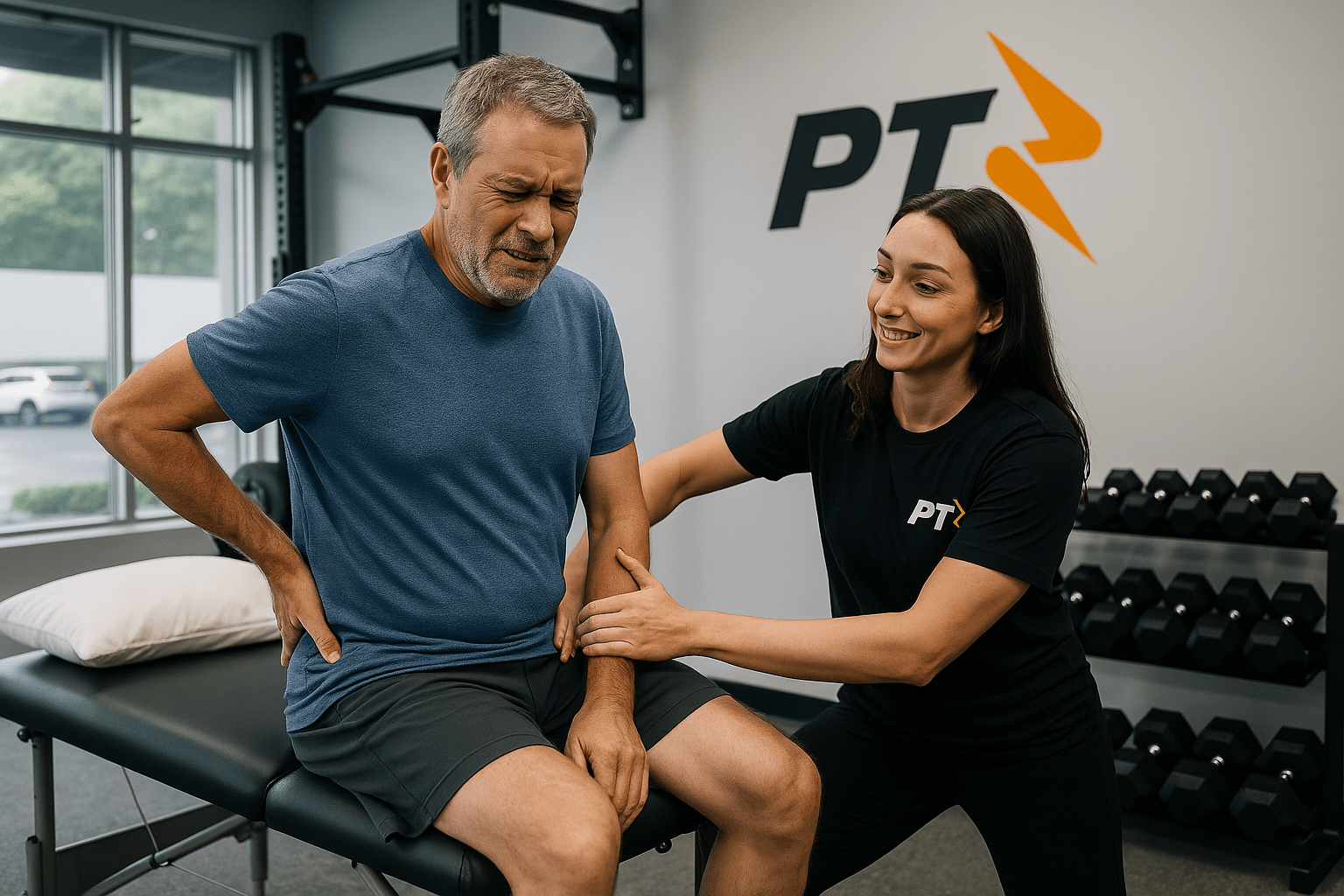
Stabilize Your Pelvis—
Live and Lift Pain‑Free
The sacroiliac joint sits where the triangular sacrum meets each pelvic bone. While built for stability, pregnancy, repeated heavy lifting, leg‑length differences, or a sudden twist can make the joint shear or lock, inflaming tough ligaments and referring pain into the buttock or groin. In many cases muscles around the pelvis—glutes, deep core, hip flexors—stop coordinating, leaving the SI joint to absorb forces it was never designed to handle.
During your first visit at The PT Zone we use specific compression, distraction, and provocation tests to confirm SIJ involvement and rule out lumbar disc or hip pathology. Early sessions emphasize pain relief: gentle muscle‑energy techniques to realign the pelvis, soft‑tissue release to relax spasming piriformis or QL, and targeted stretches for tight hip rotators. Clients often walk out feeling the joint “settled” and movement less guarded.
Next comes dynamic stability. We reteach the deep core and pelvic‑floor “brace,” progress to glute bridges and single‑leg balance drills on unstable surfaces, and integrate hip‑hike or step‑down patterns that disperse ground‑reaction forces through a controlled pelvis. Gait tweaks—shorter stride, mid‑foot strike—and lifting cues keep shear loads low while strength builds.
Finally, we layer functional power: farmer carries, kettlebell deadlifts, and rotational chops mimic real‑life demands so the SI joint holds steady under load. You’ll also master sit‑to‑stand, car‑entry, and sleep positions that protect the joint during long workdays or road trips. Most clients graduate with pain‑free walking and lifting, plus the knowledge to prevent future flare‑ups.
Our Therapies for Sacroiliac Joint Dysfunction:
Muscle‑energy realignment, core‑glute stabilization, pelvic‑floor retraining, joint mobilization, and gait correction—everything you need to quiet SI joint pain and move with confidence.
-
Balance Training
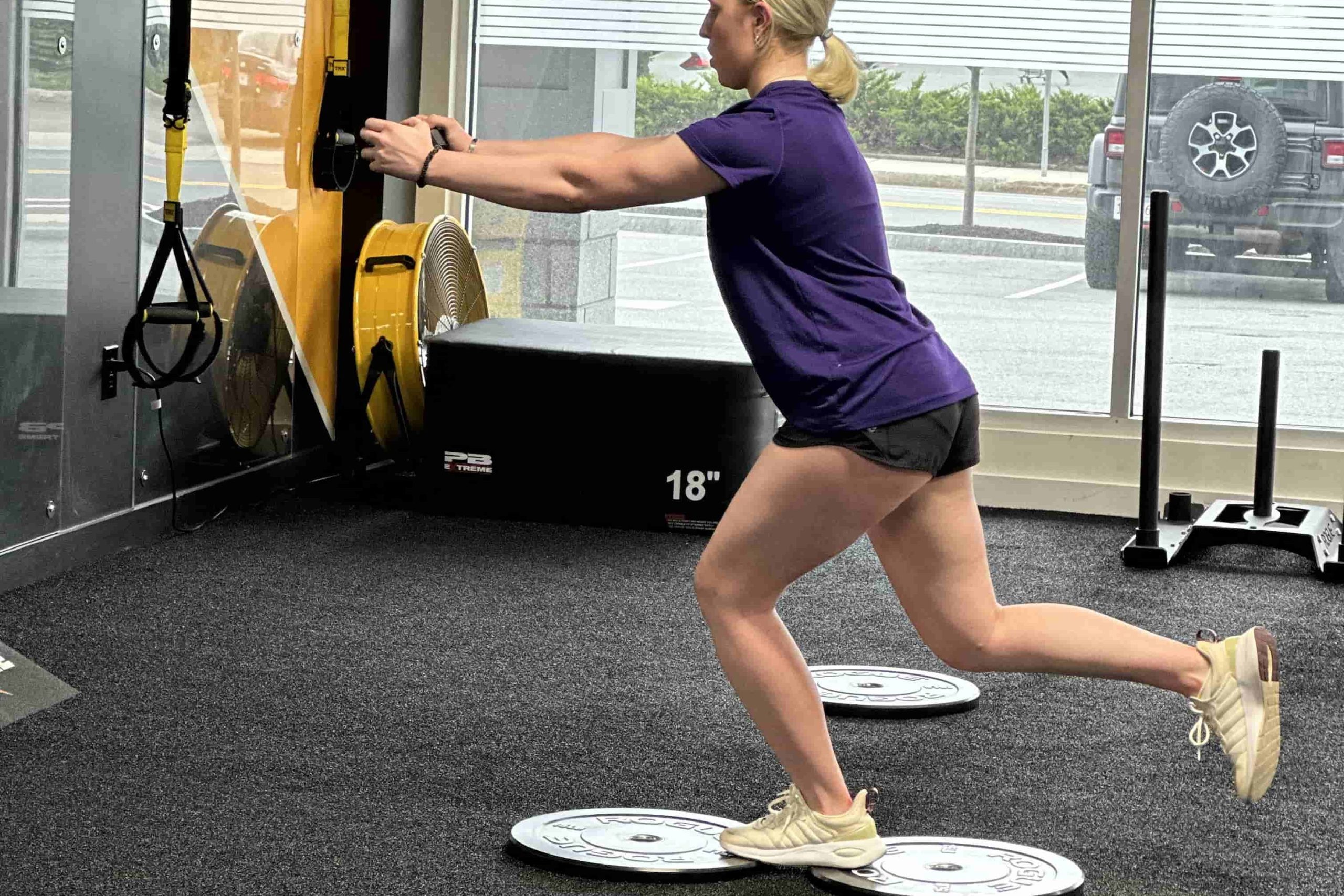
Balance Training is a specialized approach that strengthens stabilizing muscles, enhances coordination, and reduces fall risks, ultimately improving posture and promoting confident movement.
-
Certified Manual Therapy
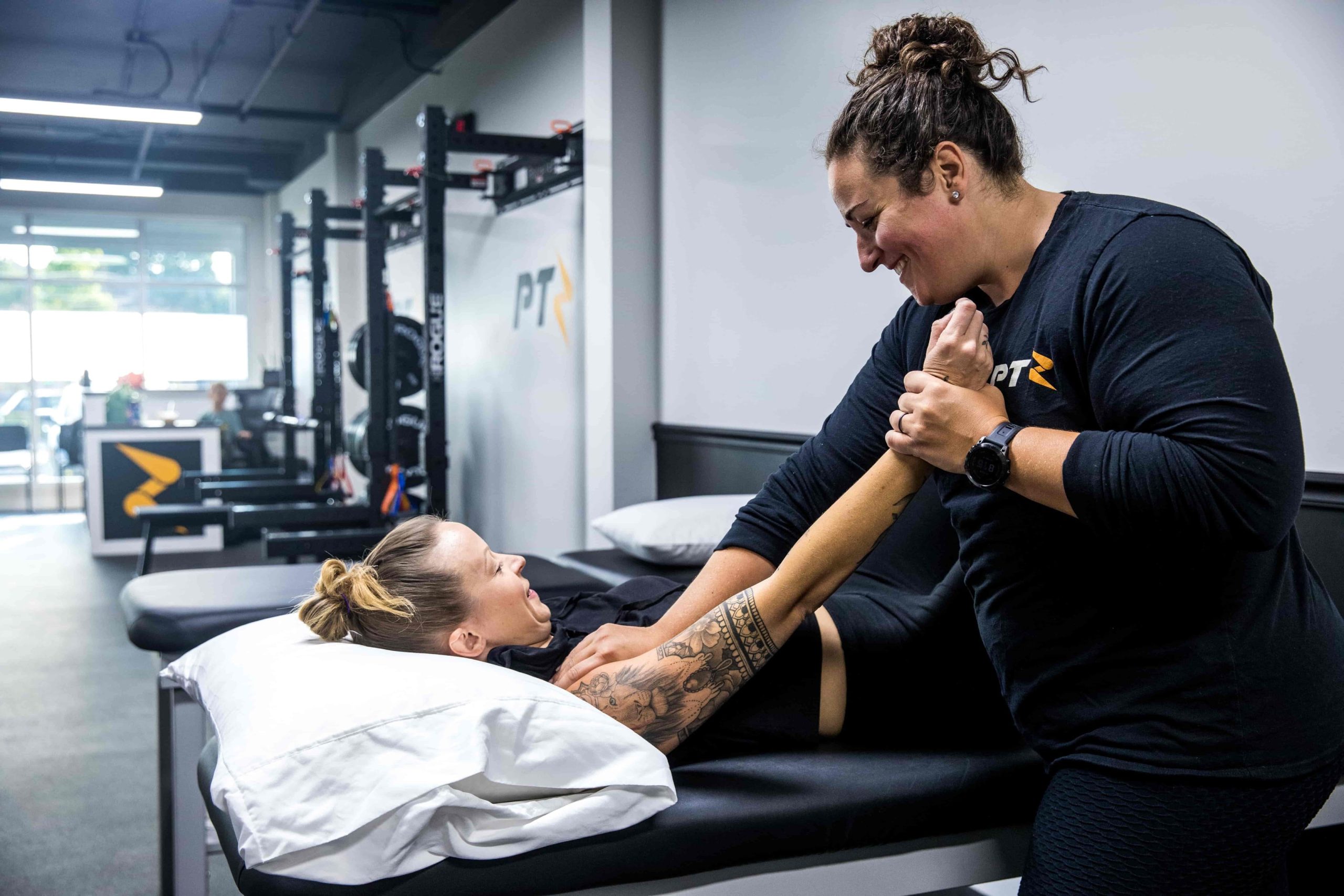
Certified Manual Therapy is a hands-on approach that addresses joint, muscle, and connective tissue dysfunction, reducing pain, improving alignment, and promoting faster, more efficient recovery.
-
Cupping
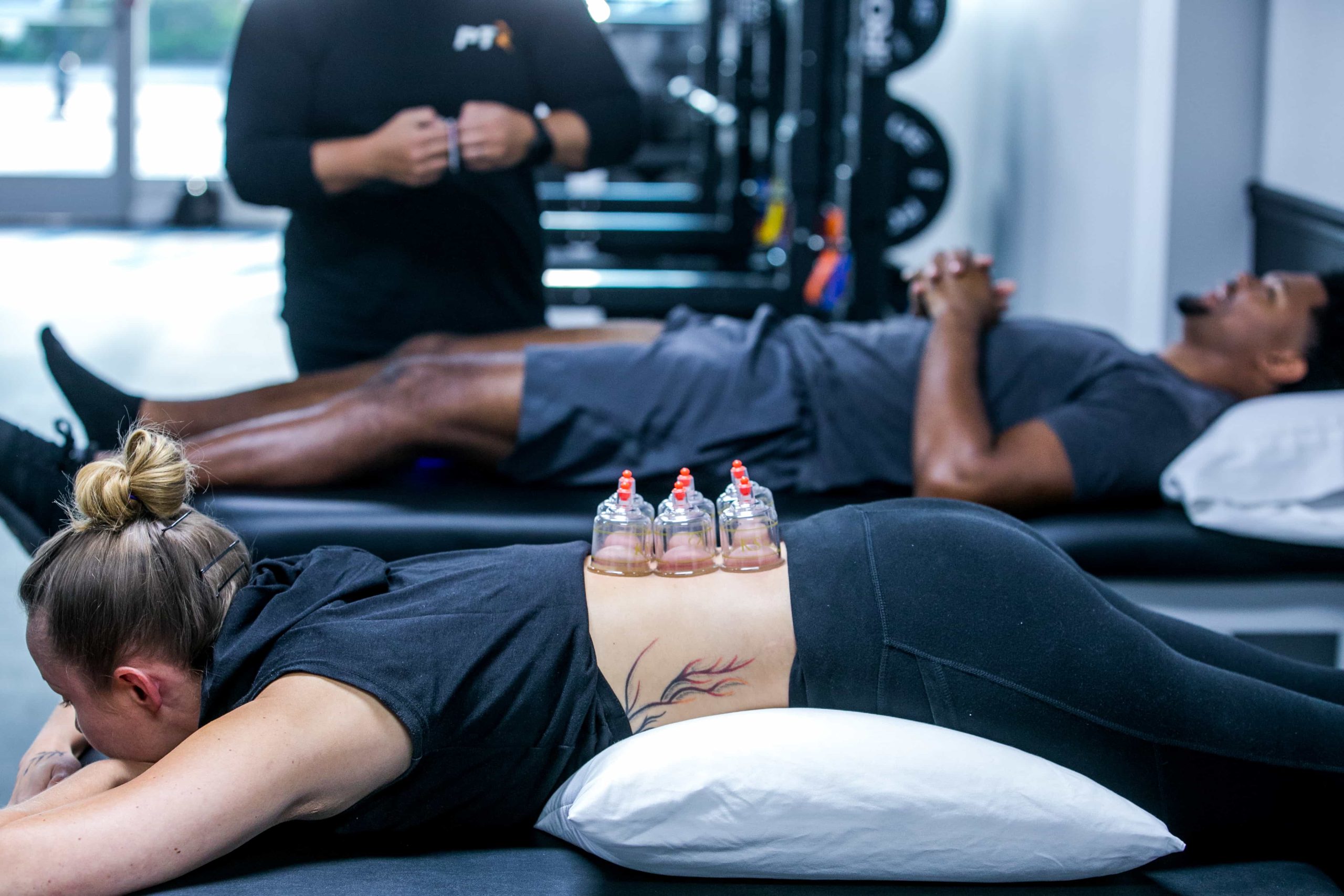
Cupping therapy is an ancient healing technique that uses suction to enhance circulation, relieve muscle tension, and promote the body’s natural recovery process.
-
Dry Needling
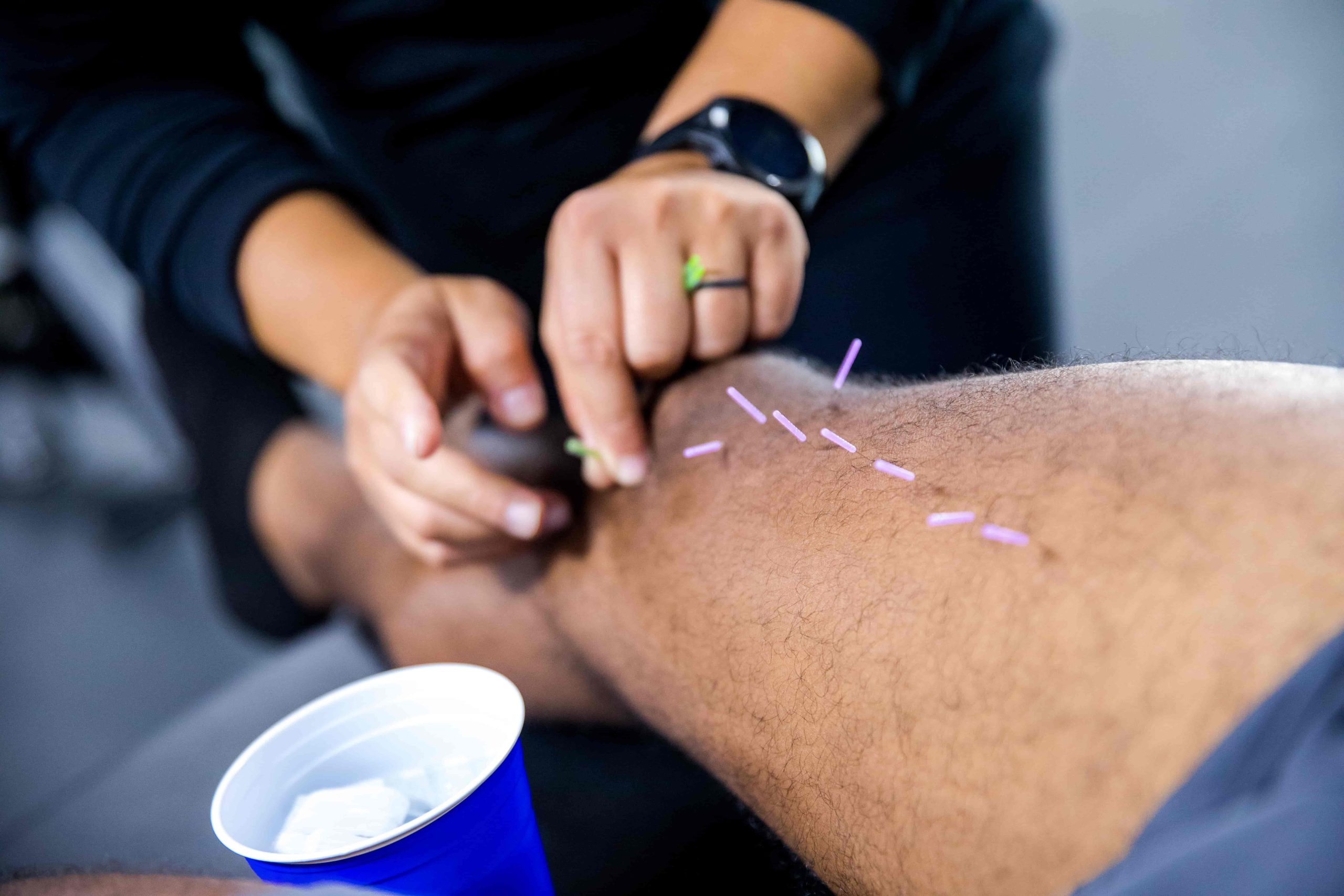
Dry needling is a modern therapy that targets muscle trigger points with thin needles to relieve pain, reduce tension, and restore mobility.
-
Gait Training
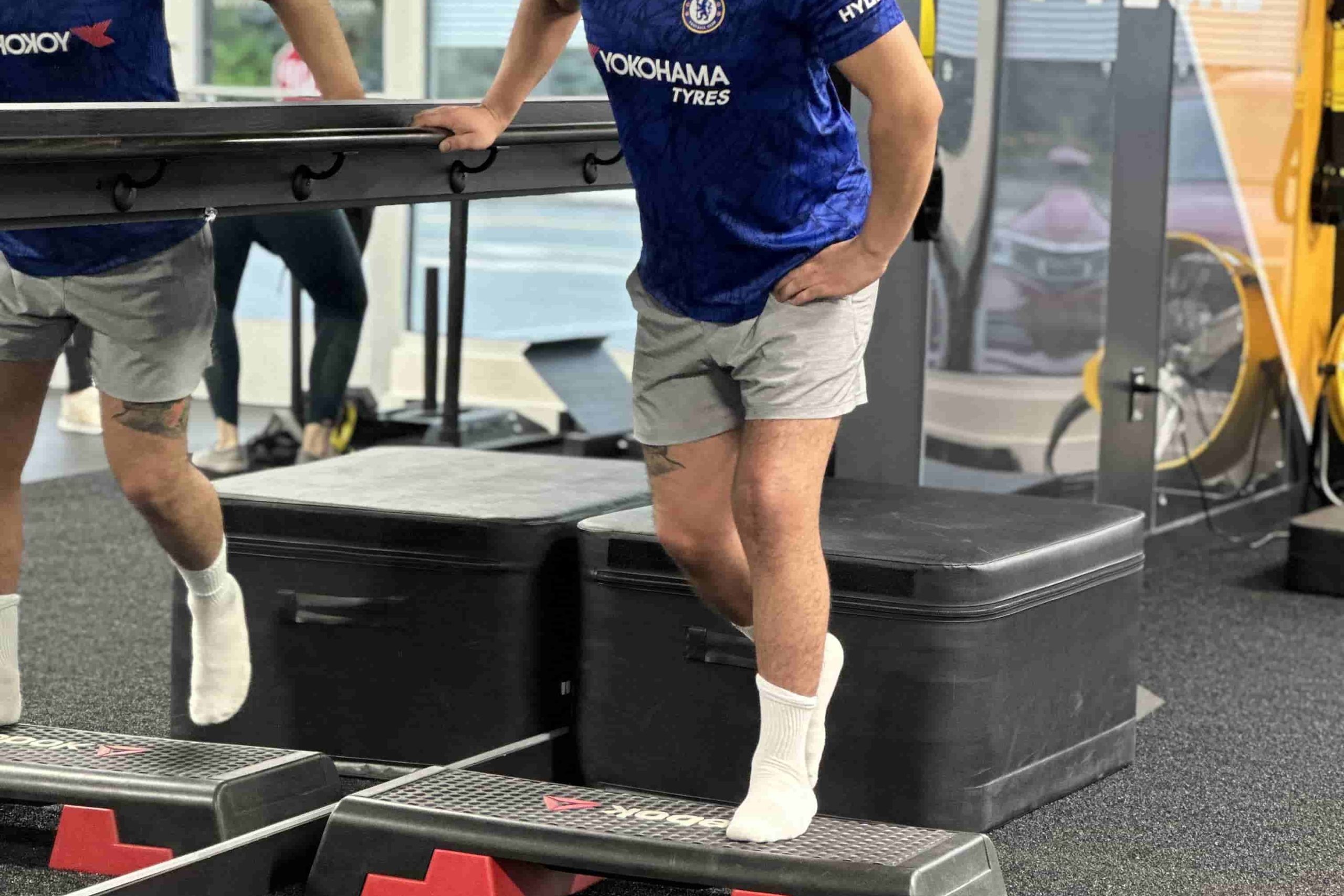
Gait Training is a specialized approach that enhances walking mechanics, improves lower-limb strength, and reduces re-injury risks, ultimately promoting more efficient movement.
-
Graston Technique
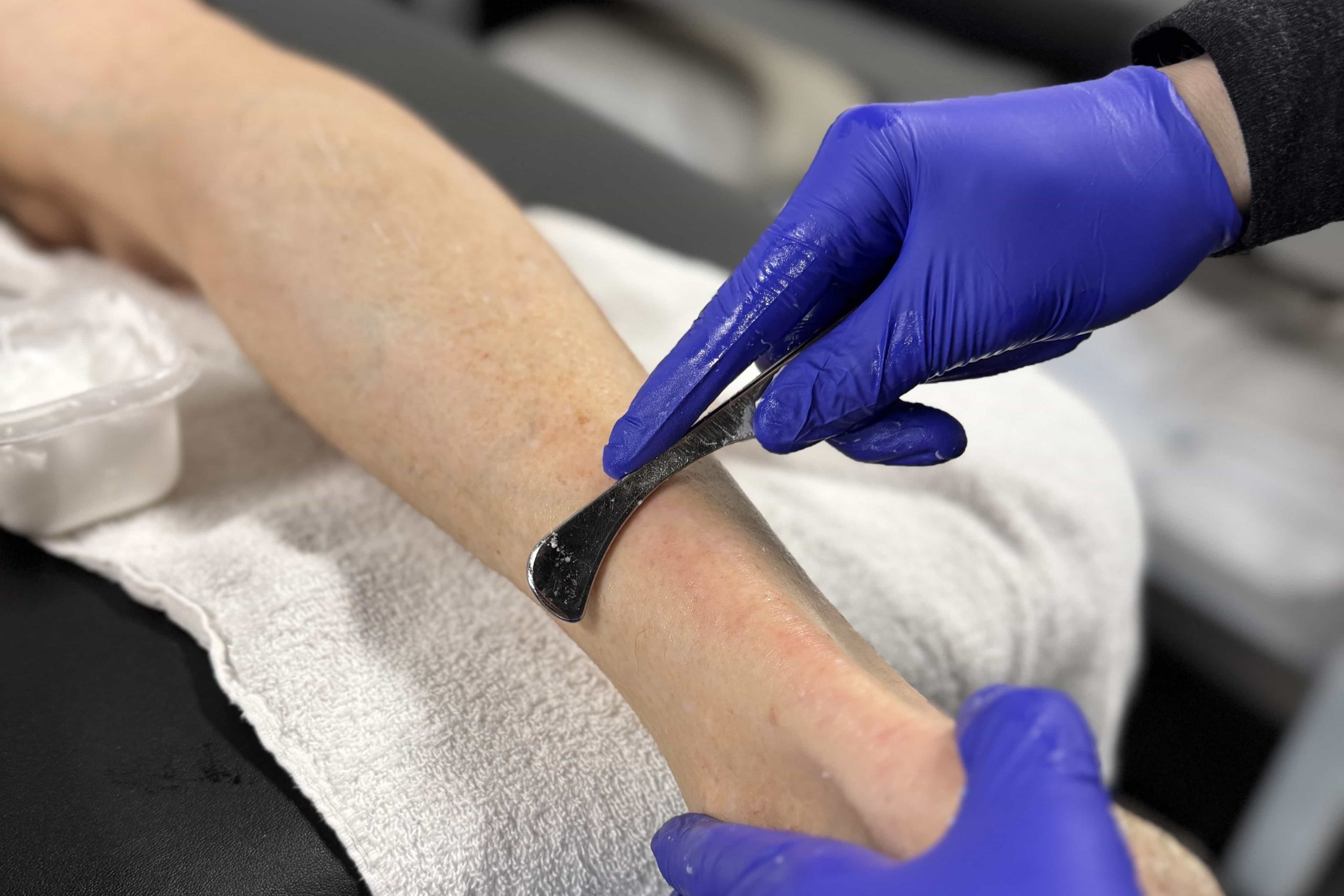
Graston Technique is a specialized manual therapy that uses stainless steel instruments to break down scar tissue, improve mobility, and accelerate healing.
-
Kinesiotaping
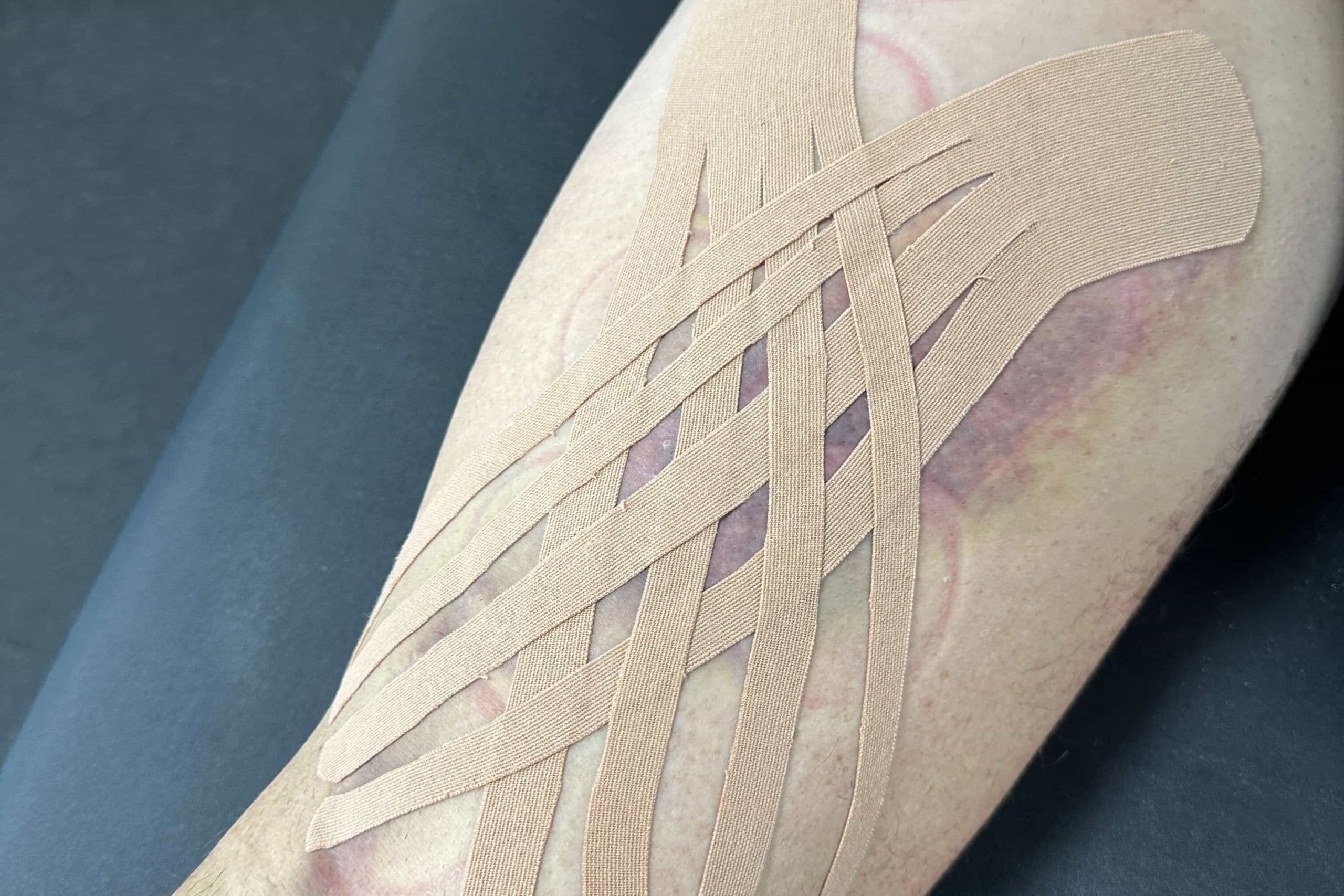
Kinesiotaping is a flexible taping method that provides gentle support, improves circulation, and helps maintain natural movement for a more comfortable and effective recovery.
-
Manual Traction
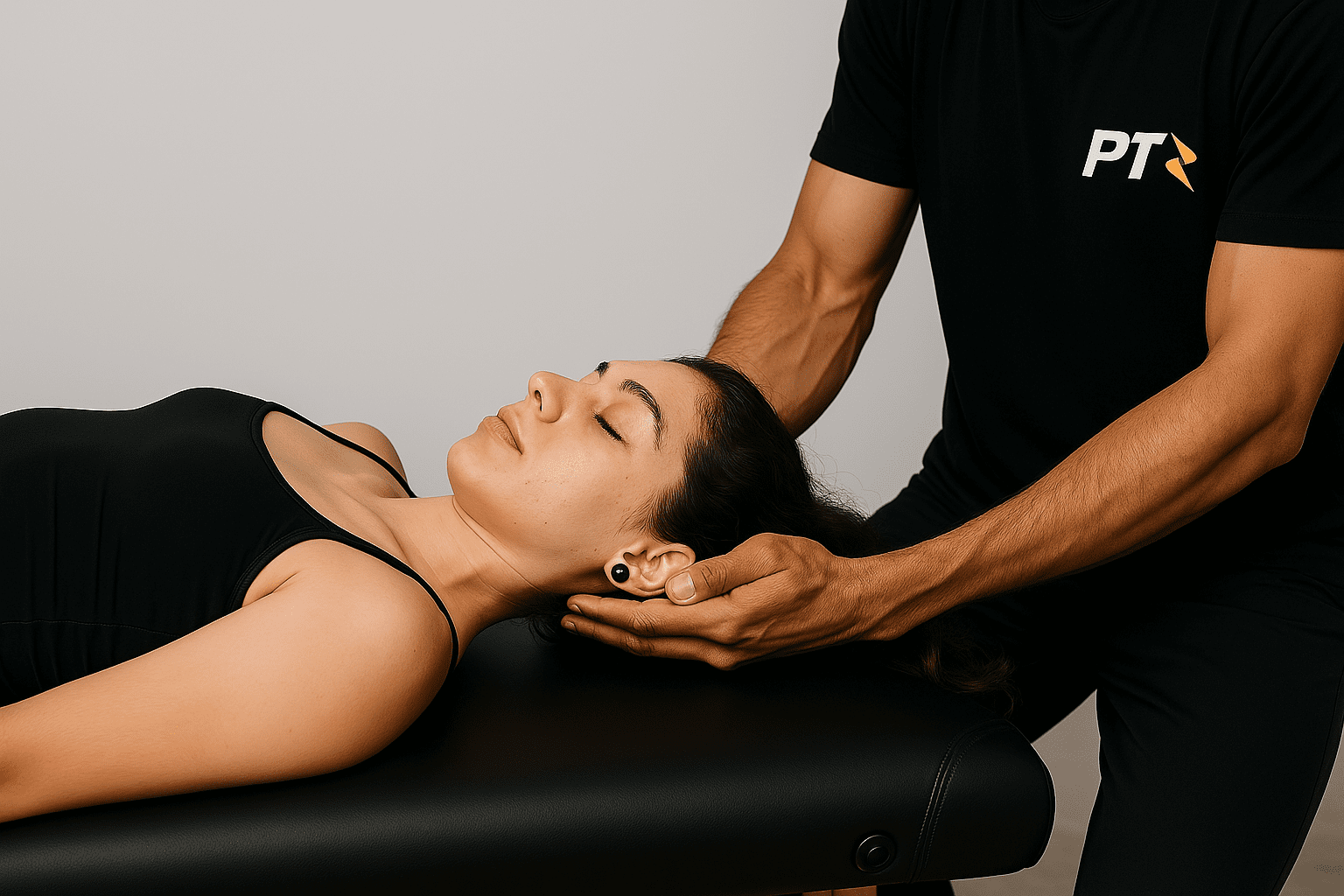
Manual Traction is a gentle, hands-on method used to decompress the spine, relieve pressure on discs and nerves, and improve overall comfort and mobility.
-
Post-Surgical Rehab
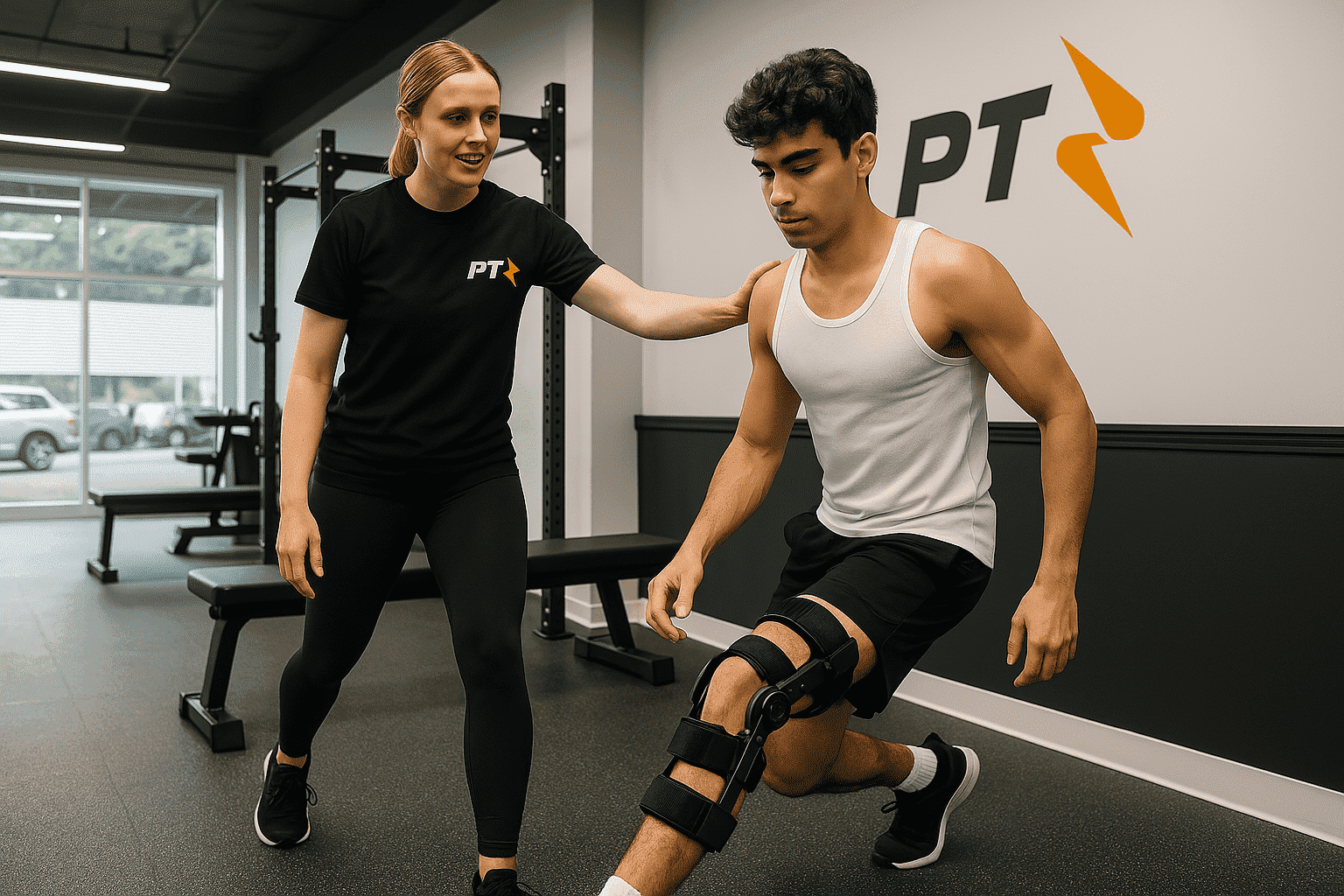
Post-Surgical Rehab is a structured recovery process designed to restore mobility, manage pain, and rebuild strength after surgery, ensuring a safer and faster return to your everyday activities or sports.
-
Physical Therapy for Weightlifters & CrossFit
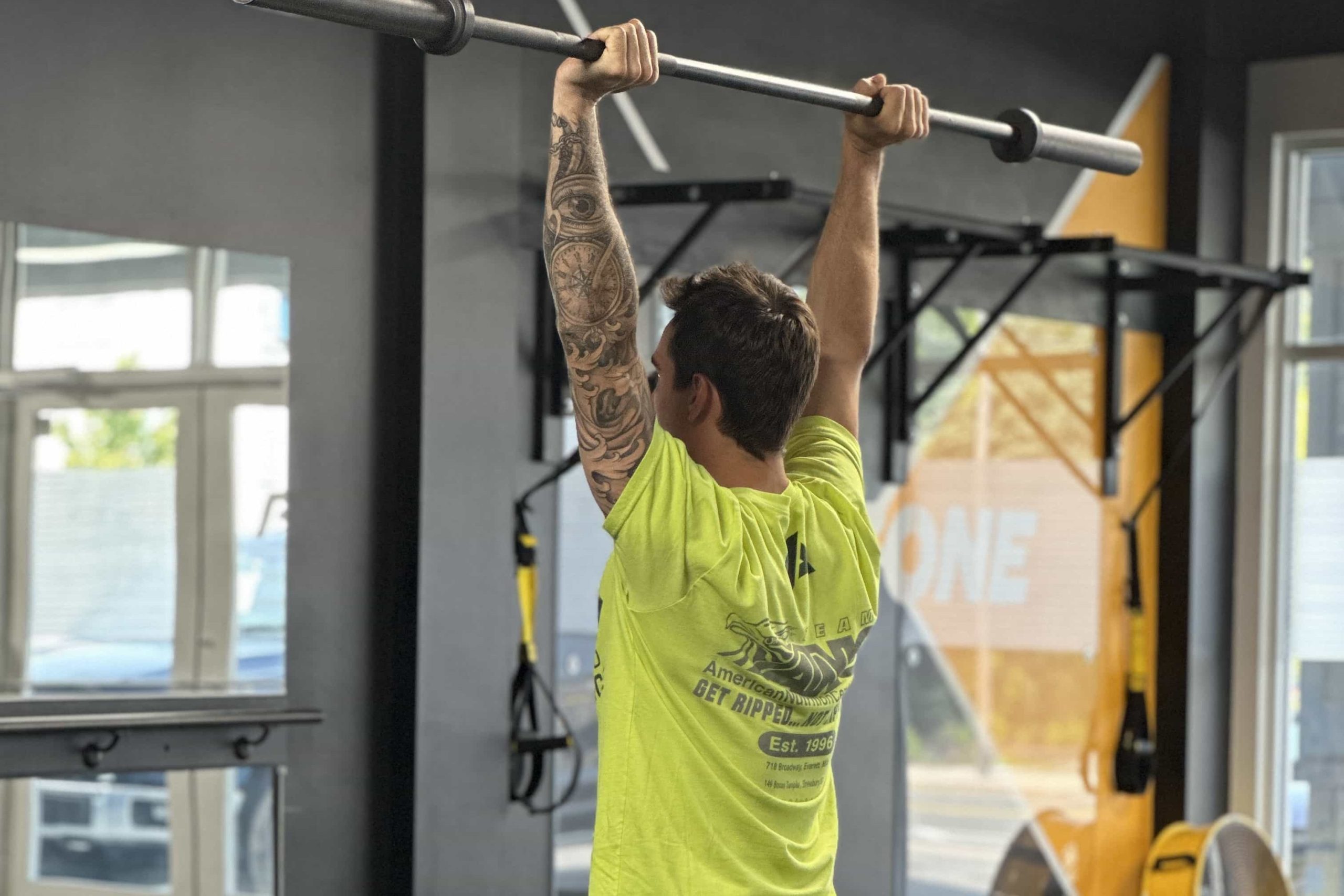
Physical Therapy for Weightlifters & CrossFit focuses on proper lifting mechanics, correcting muscle imbalances, and managing stress on joints to prevent pain, accelerate recovery, and enhance overall strength gains.
-
Physical Therapy For Runners
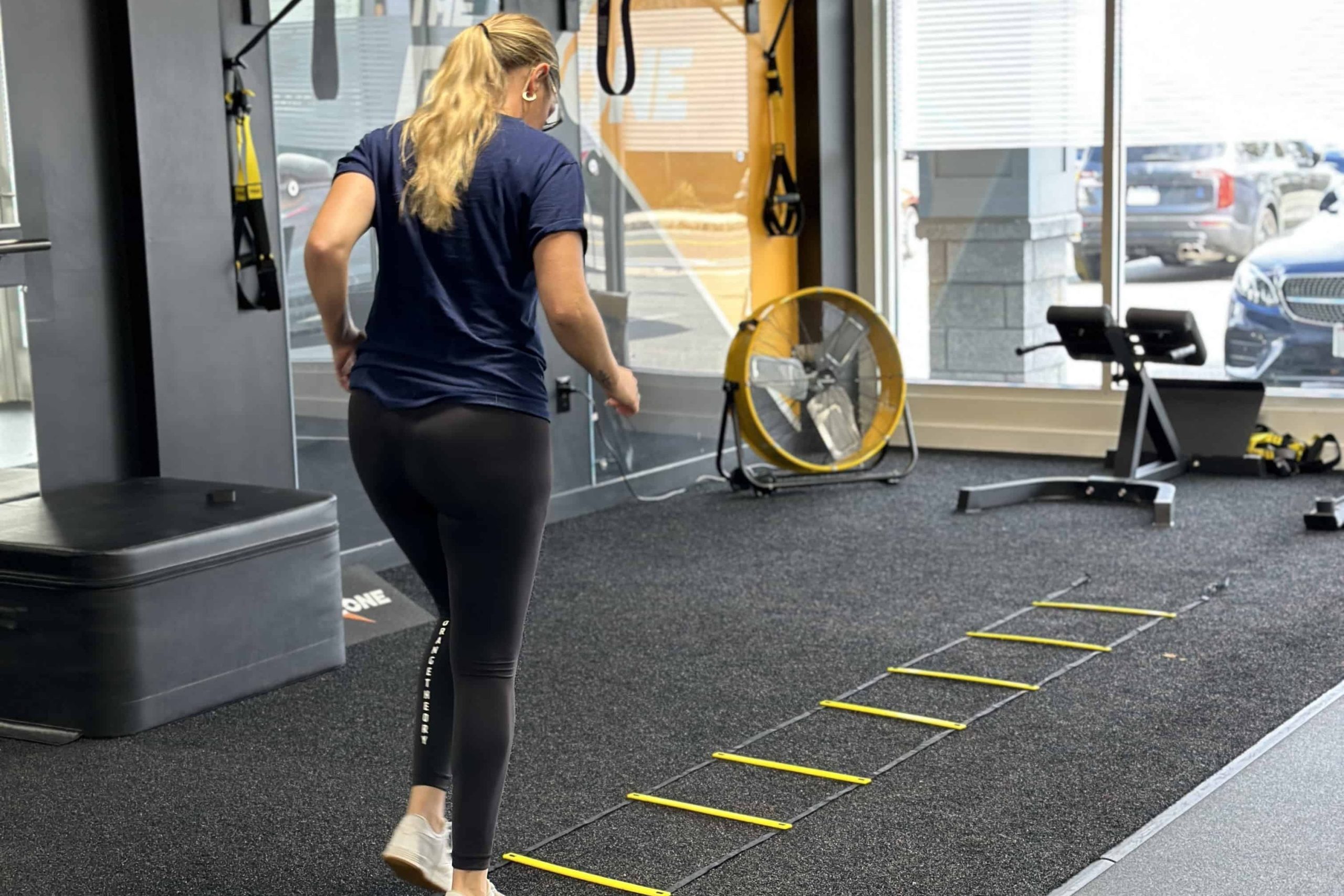
Physical Therapy for Runners focuses on refining running form, addressing muscle imbalances, and enhancing lower-limb stability to prevent injuries and boost performance.
-
Neuromuscular Massage Therapy
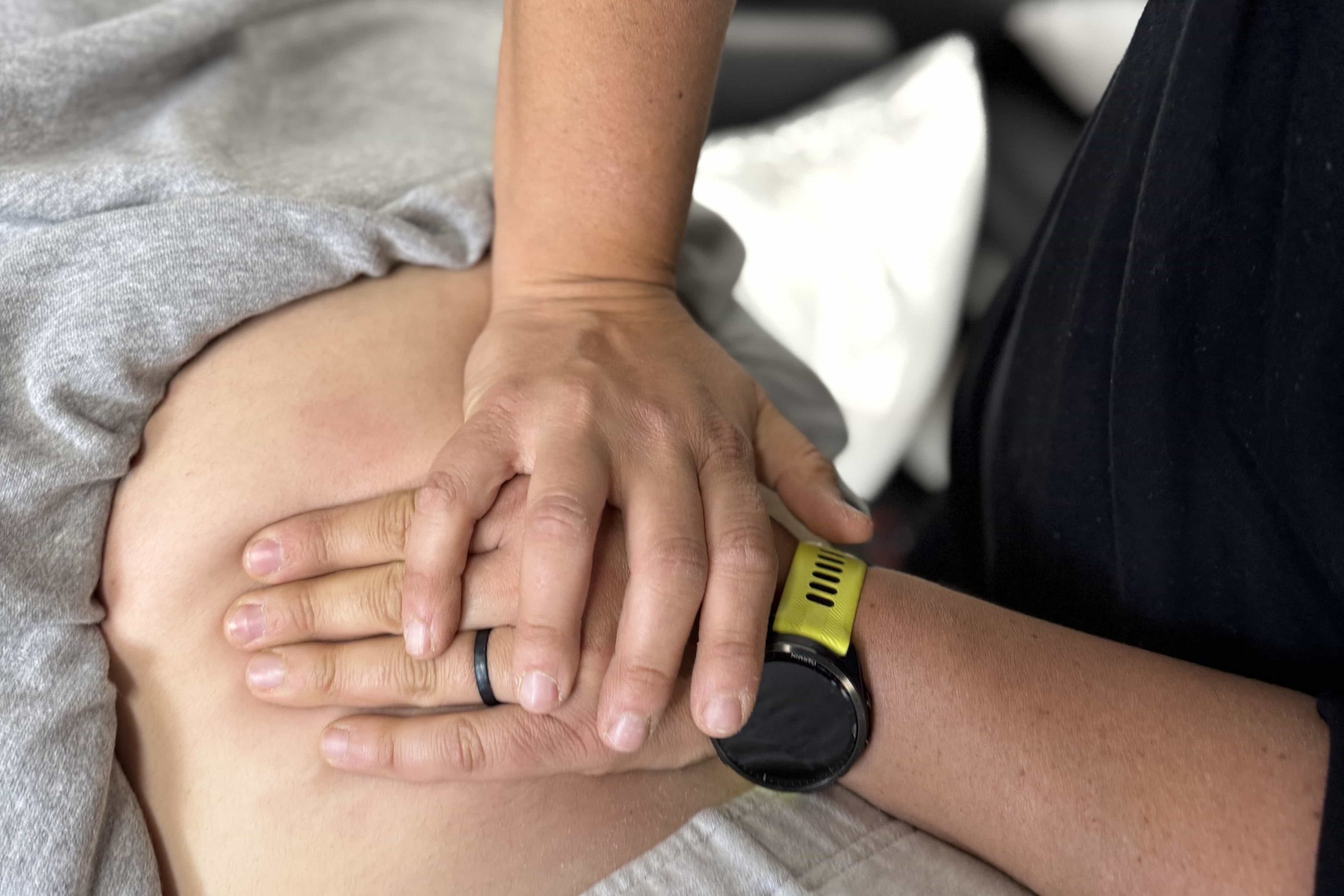
Neuromuscular Massage Therapy (NMT) precisely targets trigger points in muscles and connective tissues, relieving tension, restoring proper function, and promoting long-term pain relief.

The PT Zone is committed to long‑term relief—so you can bend, lift, and stride without pelvic pain.
Our step‑by‑step approach transforms SI joint irritation into lasting stability—letting you return to workouts and daily life confidently.
Common Questions from SI Joint Clients
1. How is sacroiliac joint pain different from typical low‑back pain?
SI joint pain sits off‑center, often below the beltline, and may shoot into the buttock or groin. It typically worsens when you roll in bed, stand on one leg, or transition from sitting to standing. Lumbar pain is usually midline, aggravated by trunk flexion or extension. Specific provocation tests help us distinguish between the two and guide treatment.
2. Do I need imaging to confirm SI joint dysfunction?
X‑rays or MRIs rarely show SIJ movement; diagnosis is clinical, using a cluster of movement and palpation tests. Imaging is ordered only if we suspect fracture, inflammatory arthritis, or if conservative care fails and injection or fusion is considered.
3. How long does it take for SI joint pain to settle?
Acute flair‑ups often calm in 2–4 weeks with alignment and stability work. Chronic cases with long‑standing muscle imbalances may need 8–12 weeks to rebuild coordination and strength, but most clients see clear progress within the first few sessions.
4. Will a sacroiliac belt fix the problem?
A compression belt can provide temporary relief by reducing shear forces, especially during pregnancy or heavy tasks. We treat belts as short‑term aids while strengthening the core, glutes, and pelvic floor so your muscles—not a brace—stabilize the joint long term.
5. Can running or lifting weights trigger SI joint pain?
Yes—uneven stride, weak glutes, or heavy squats with poor core bracing can overload the joint. Technique tweaks, gradual load progression, and hip‑core strengthening let most athletes continue training while the joint heals.
6. Are injections or fusion ever necessary?
Most SIJ pain responds to PT. Guided steroid injections are considered if pain remains high after several weeks of therapy. Fusion surgery is a last resort for severe, imaging‑confirmed instability that fails months of conservative care.
7. How can I keep SI joint pain from coming back?
Maintain core‑glute strength, vary sitting positions, warm up hips before workouts, and avoid carrying heavy loads on one side. At the first sign of pelvic ache, resume stability drills and modify activity so small irritations never snowball into major pain.















